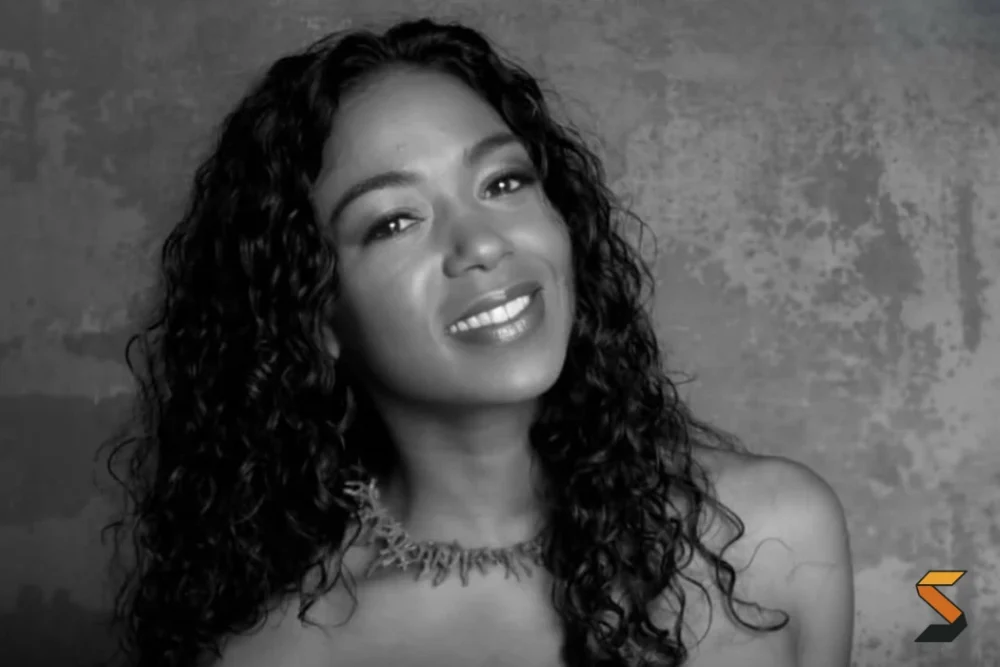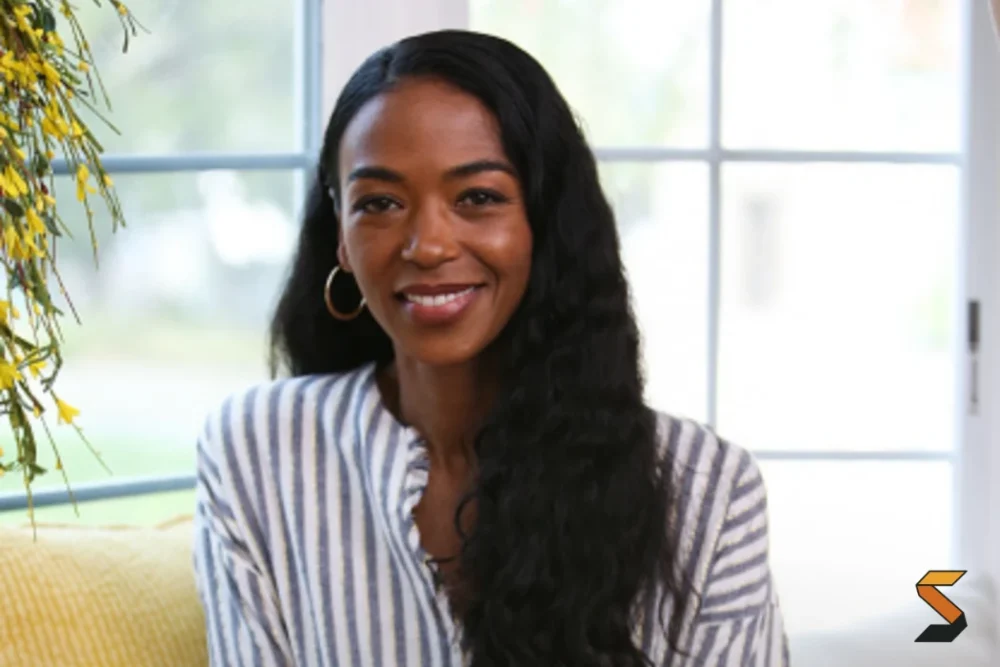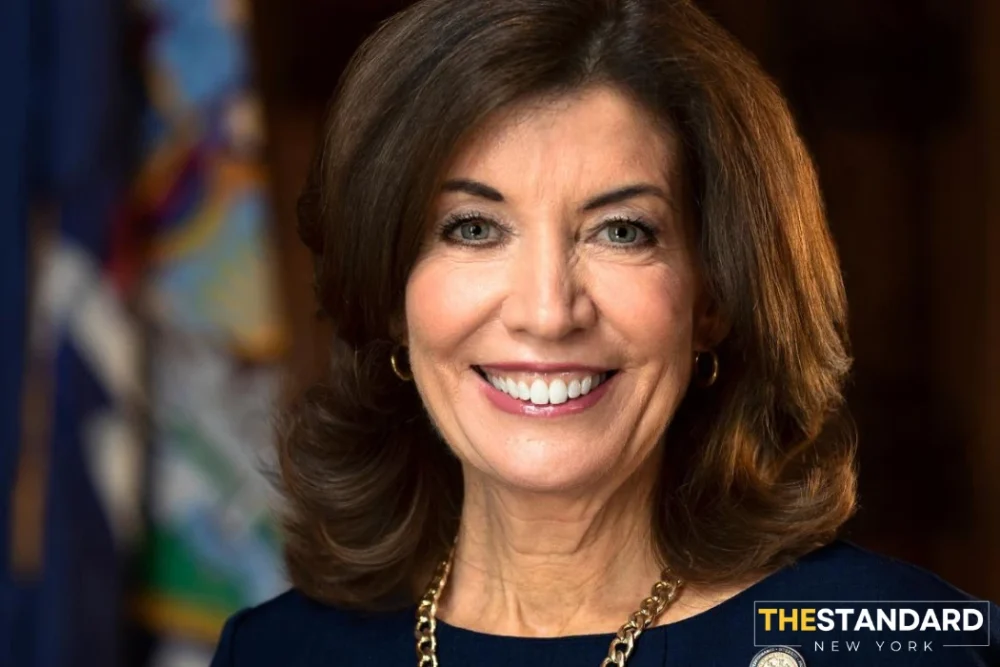The recent passing of Ananda Lewis, a name synonymous with a golden era of MTV and a powerful voice for a generation, has sent ripples of grief and reflection throughout the urban community, especially among those who grew up watching her. At 52, Lewis succumbed to breast cancer, a battle she fought publicly and with a deeply personal approach. Her journey, while inspiring in its candor and embrace of self-determination, also serves as a poignant, albeit painful, reminder of the critical importance of early detection and the complex choices women face when confronting this formidable disease.
Ananda Lewis was more than just a VJ; she was an icon of empowerment. From her early days on BET’s “Teen Summit,” where she engaged with young Black Americans on pressing social issues, to her trailblazing role at MTV, she consistently championed authenticity and open dialogue. Her transition from interviewing Kobe Bryant and Hillary Clinton to moderating forums on school violence demonstrated a consistent commitment to advocacy. This very spirit of self-advocacy defined her fight against breast cancer.
Diagnosed in 2020 with Stage III breast cancer after a self-exam, Lewis was remarkably transparent about her diagnosis, immediately urging her followers to prioritize mammograms. “I need you to share this with the women in your life who may be as stubborn as I was about mammograms and I need you to tell them that they have to do it,” she implored. “Early detection, especially for breast cancer, changes your outcome. It can save their life.” This plea resonated deeply, coming from a woman who had, herself, delayed her own screening. Her honesty in acknowledging this misstep was a powerful act of vulnerability, one that many women could relate to.

However, Lewis’s subsequent decision to pursue a holistic treatment path, which she openly discussed with CNN correspondents Stephanie Elam and Sara Sidner, sparked a vital conversation about individual choice versus conventional medical protocols. While she maintained that “This journey is very personal and you have to do what works for you and only you,” her choice ultimately diverged from the standard medical route for advanced breast cancer. This personal decision, while born of a desire for autonomy and perhaps a deeper connection to her body, highlights a critical tension: the allure of alternative therapies versus the proven efficacy of established medical treatments, especially when dealing with a life-threatening illness.
By October of last year, Lewis revealed her cancer had progressed to Stage IV. This tragic development underscores the aggressive nature of breast cancer when not caught early or when treatment doesn’t effectively halt its progression. While holistic care can offer significant benefits for overall well-being and symptom management, relying solely on it for advanced cancer often bypasses the aggressive interventions—chemotherapy, radiation, targeted therapies, and surgery—that are statistically proven to extend and save lives.
The data surrounding women and breast cancer paints a stark picture, particularly for minority women. Breast cancer is the second most common cancer among women in the United States, after skin cancer. According to the American Cancer Society, about 1 in 8 women will develop invasive breast cancer in their lifetime. However, Black women are more likely to be diagnosed with aggressive, advanced-stage breast cancer, and have a higher mortality rate compared to White women, despite similar incidence rates. This disparity is often attributed to a complex interplay of socioeconomic factors, healthcare access, and systemic biases, which can lead to later diagnoses and less optimal treatment outcomes.

This is precisely why preventative care and early detection are not just recommendations, but urgent necessities. Regular mammograms, as Ananda passionately advocated, are the cornerstone of early detection for breast cancer. The American Cancer Society recommends annual mammograms for women starting at age 40, and continuing as long as they are in good health. For women with a family history or other risk factors, screenings may need to begin even earlier. Beyond mammograms, self-breast exams, like the one that initially alerted Ananda, remain an important tool for personal awareness. Clinical breast exams performed by a healthcare professional are also crucial.
Ananda Lewis’s legacy is complex and multifaceted. She was a woman who inspired millions, who dared to be vulnerable, and who, even in her illness, continued to empower others to take charge of their health. Her initial message about the importance of mammograms, born from her own experience, is a testament to her dedication to her community. Her later struggle and passing, however, serve as a potent reminder that while personal choice is paramount, the science and data behind conventional medical treatments for aggressive cancers cannot be overlooked.
The urban community, especially women, must internalize this difficult truth. Our health journeys are indeed deeply personal, but they are also deeply intertwined with access to information, quality healthcare, and a willingness to embrace evidence-based medicine. Ananda Lewis’s life and passing should not be seen as a judgment on her choices, but rather as an emphatic call to action for every woman to prioritize their annual check-ups, engage in open dialogue with their healthcare providers, and make informed decisions that align with the best available medical science. Her voice, though now silenced, continues to echo, urging us all: get your check-up, because early detection truly does change your outcome.





